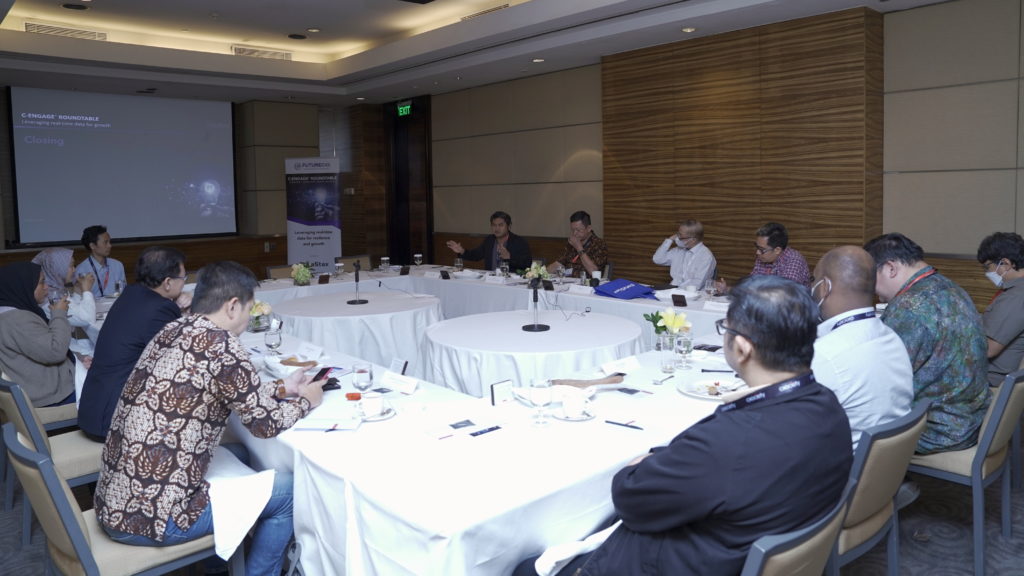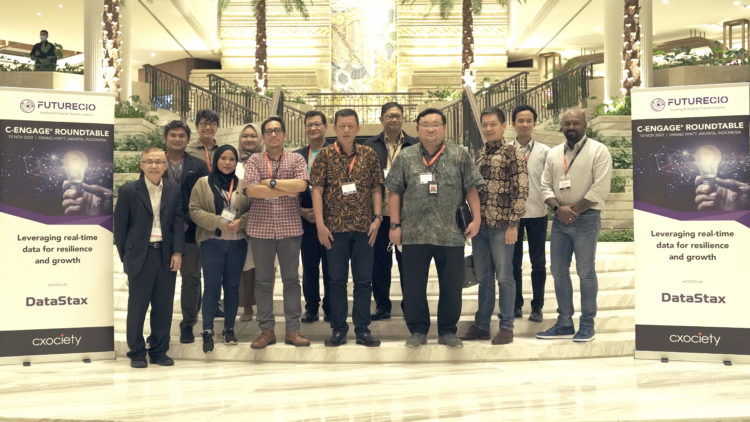The pandemic was a real-world litmus test of the benefits of being cloud-first.
The flexibility, agility, and ability to connect with a host of cloud-native SaaS applications helped many companies manage their challenges. Those who were not ready either had to modernize their infrastructure or be prepared to be side-lined.
Yet, there are many companies still mulling cloud adoption. Indeed, becoming cloud-first is not an easy journey. But it becomes more challenging when you’re carrying technical debt, don’t have the right talent, and have lukewarm senior management support.
These were some reasons a roundtable discussion organised by Cxociety with DataStax uncovered as they discussed the role of real-time data resilience and growth.
Revisiting the economics argument
Proponents often portray the cloud as a boon for cost savings. Moving to the cloud, paying for what you use, and shifting your capital expenditure (CapEx) to operational (OpEx) is often the industry mantra. Yet roundtable participants do not think this is realistic.
Why? “Let me summarize: CapEx can be depreciated over five or 10 years, depending on your financial regulations. Meanwhile, OpEx can drive down the profit margins,” said Benedict Sulaiman, vice president for IT at Ramsay Sime Darby Healthcare.
“So, in terms of financial performance, that’s not good,” he furthered. “And remember, this is not about cash flow; it’s about financial performance.”
Other participants agreed with Sulaiman, highlighting that cost calculations remained a significant point of debate in their companies.
Budhi Wibawa, the chief executive officer at ICS, advised companies not to readily think that switching from CapEx to OpEx is advantageous. “If you consider financial performance, justifying it can be hard.”
On the side of the equation, investing in on-premises infrastructure is also getting easier. Ramsay Sime Darby Healthcare’s Sulaiman joined other participants to highlight the generous financing that major vendors provided. “But no one will be financing your OpEx,” he added.
However, cloud platform providers, especially those providing PaaS and IaaS, are answering the call for better financial support.
Niraj Naidu, APJ head of field engineering at DataStax, noted that companies like his are adding new financing mechanisms to make the journey more palatable for a CFO.
“There are financing and billing mechanisms that customers can take advantage of by working with the cloud providers. The other side of those financial benefits focuses on delivering business-based impact where organisations don’t need to wait for hardware, software, and services to be ordered, designed, deployed and then consumed. Cloud services are about real-time impact.”
The talent headache
Another challenge that often dovetails into the financial performance equation is the cost of recruiting and keeping cloud talent.
Yendra Tirta Perdana Go, head of data analytics at Sinar Mas MultiArtha noted that the right people — those who can interpret cloud infrastructure needs to be based on organisational goals — were in short supply.
It is an opinion Djinawi Kristiadji, head of the digital business department at Maybank Finance, agreed with but went further, saying that people also need the right mindset.
Conversely, the talent for the current infrastructure might already be in the organisation. And so, the question becomes, why to move to a cloud environment that requires looking for the right talent when you can stay on-premises and use the current talent, highlighted Ramsay Sime Darby Healthcare’s Sulaiman.
DataStax’s Naidu broadened the discussion on talent to include the whole Asia Pacific region. He noted that talent scarcity was an issue that all companies faced across the region. Instead of searching for fresh talent, he urged companies to look at their current talent and upskill them with new technologies that are being introduced to the organisations.
Meanwhile, solution providers can also help cloud teams to clarify their use cases for cloud migration. For example, Naidu highlighted DataStax’s business capability mapping methods — which are used to ensure that the entire organisation is on board and highlights the specific business value gained for each part of the organisation where new technology and solutions are being introduced.
“It's about how we plant the right seeds into the teams today to help the organisation drive growth and lasting impact,” he added.
Offloading technical debt
Legacy infrastructure and apps have proven to be major roadblocks for cloud adopters.
Many of these are often considered mission-critical. Yet, the talent for migrating these — like re-platforming or refactoring COBOL applications to a cloud-native environment — can be equally challenging to find.
So many companies, like PT Bank Danamon Indonesia, are taking a hybrid cloud approach.
“Our infrastructure is quite old. But we see a lot of intention from marketing and business to push more aggressively. So, that's why we are taking a hybrid approach to adapt to the market,” said Pambudi Baskara Sudirman, the company’s office automation and mobility head.
Gerald Penaflor, area vice president for Southeast Asia at DataStax, added, “Hybrid empowers you to have the flexibility of choosing your infrastructure and provider in terms of economic, efficiency, reliability, and security benefits. It enables you to address your needs today while having an option for future growth.”
He also pointed out that a hybrid cloud approach allowed companies to choose the economical option and address strict regulations, like Indonesia’s strict data sovereignty laws.
Rizka Puspitasari, IT risk specialist at PT Bank Negara, noted that a hybrid approach also gave the IT team time to change the mindsets of senior decision-makers.
Start with your data
From a technology point of view, data integration is a significant challenge. Especially when you manage different data sources and high volumes of data, said Kristiadji.
Ramsay Sime Darby Healthcare’s Sulaiman felt that data integrity was equally important. Meanwhile, ICS’s Wibawa characterised the technology challenge in two words: “data observability.”
Data observability is the ability to understand, diagnose, and manage the health of the data throughout the data lifecycle. Wibawa believed that it would become more important as companies start looking for real-time data insights and work with different AI models that use different sets of data at the same time.
DataStax’s Penaflor noted that real-time insights could help companies establish real-time data analytics strategies that enable customers to decide and act in real-time, enabling great experiences that delight customers and create business advantages.
Naidu linked observability with the industry’s call for “a single pane of glass.” He noted that data integration and visualisation play a vital role. “We will look at data where it is generated, how it is maintained, and how it moves between the data planes.”
Equally important is having a single source of truth, added PT Bank Danamon Indonesia’s Sudirman.
“We don’t have multiple data types but also multiple owners, right? Finance will say they own finance data; sales will own their data. That’s why we often end up having different views of the same data. Having a single source of truth can help to align the different perspectives,” he added.
PT Bank Negara’s Puspitasari also cautioned on data security, a significant concern for his bank. He noted that these concerns need to be addressed upfront when inking the data and cloud strategies, instead of bringing in the security teams when a security incident occurs. He added that this is good risk management practice.
Think big, solve small
DataStax’s Naidu felt that in addressing all these challenges, it was essential to keep focused on the big picture and understand that you can’t switch to real-time data insights overnight.
“It’s like getting a NASCAR driver to drive in a Formula One race the next day. It's the same sport but uses different technologies, has different rules, and requires different mindsets, training, maturity etc. So, I think the approach most companies we work with are taking is very much a phased approach. And needs to have a strong business and technology alignment that executes at speed with strategy alignment,” he explained.
The right data and cloud strategies will allow you to measure your progress and your success in meeting organisational goals observed DataStax’s Penaflor. It also allows you to find out whether you need to pivot, fine-tune or take a step back and restart before it is too late, he said, adding that every strategy and journey is unique to a company’s ambitions.
“You can speed that journey up with the right data, tools, platform and people, but it takes time, planning and efficient execution,” Naidu added.






